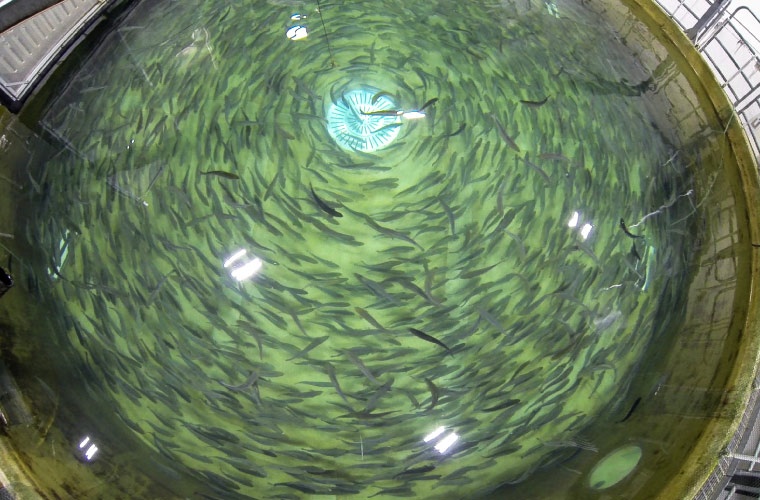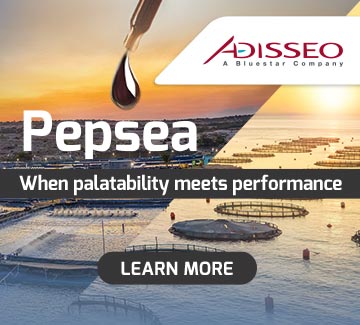
Recirculating aquaculture systems (RAS), recognised for their efficient water use and closed containment conditions for Atlantic salmon (Salmo salar L.) farming, may face a previously undocumented threat: airborne transmission of pathogens.
A team of scientsts from the National Reference Laboratory for Fish and Animal Diseases, the Faroese Food and Veterinary Authority, and the Department of Veterinary and Animal Sciences at the University of Copenhagen has provided the first field evidence that a viable Atlantic salmon virus — the Infectious Pancreatic Necrosis Virus (IPNV) — can become aerosolised in a commercial RAS environment.
The findings, obtained from two commercial Atlantic salmon farms in the Faroe Islands, analysed the dynamics of several pathogens through aerosol, water, and fish swab sampling. While horizontal transmission via water is well documented in RAS, the potential role of aerosols in pathogen dissemination has remained largely unexplored.
The researchers detected multiple Atlantic salmon pathogens in the aerosol samples. In one farm, a sequential pattern of infection was observed, starting with salmon Gill Poxvirus (SGPV), followed by non-virulent Infectious Salmon Anaemia Virus (ISAV-HPRO), Piscine orthoreovirus-1 (PRV-1), and sporadic detection of IPNV and Flavobacterium psychrophilum. All the pathogens were also identified in the biofilter room, compared with tank and degassing areas. Moreover, detection trends for SGPV and ISAV-HRPO in aerosols mirrored those observed in fish and water samples.
Although initial attempts to isolate viable IPNV form aerosol samples were unsuccessful, a second round of targeted aerosol sampling following and IPNV outbreak at another farm yielded a breakthrough. The samples produced IPNV-specific cytopathic effects in cell lines, which the scientists confirmed as “marking the first field evidence of viable aerosolized IPNV originating form a RAS”.
According to the authors, these findings “indicate a potential for airborne transmission and emphasise the need for strict biosecurity measures”. The study also introduced the use of anaesthetic tank water samples had a stronger positive correlation with gill swabs for SGPV and ISAV-HPRO than the primary tank water.
Reference:
Krishna D, Petersen PE, Dahl MM, Egholm I, Christiansen DH. First field evidence of aerosolised SGPV, ISAV-HPRO, and IPNV in Atlantic salmon RAS highlights transmission and biosecurity risks. Sci Rep. 2025;15(1):37999. doi:10.1038/s41598-025-21970-y


